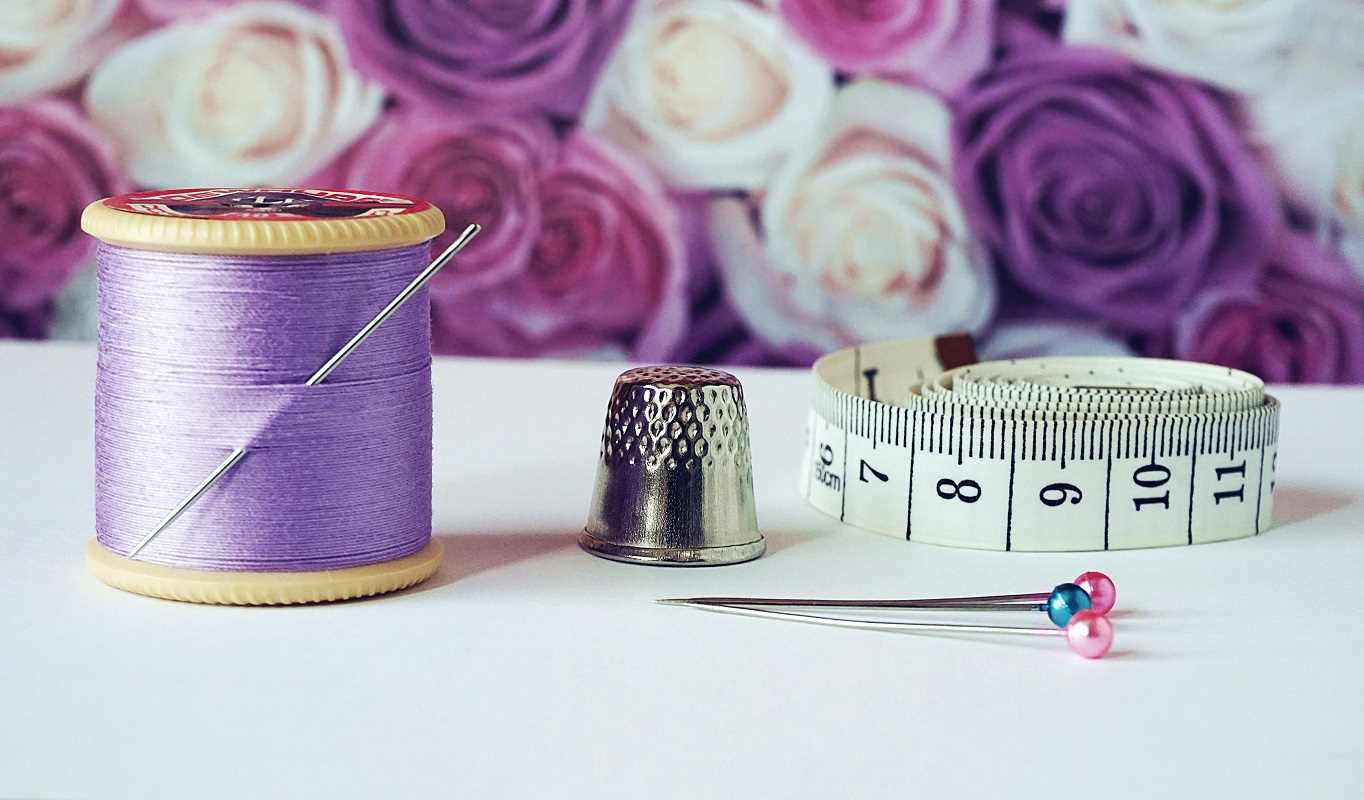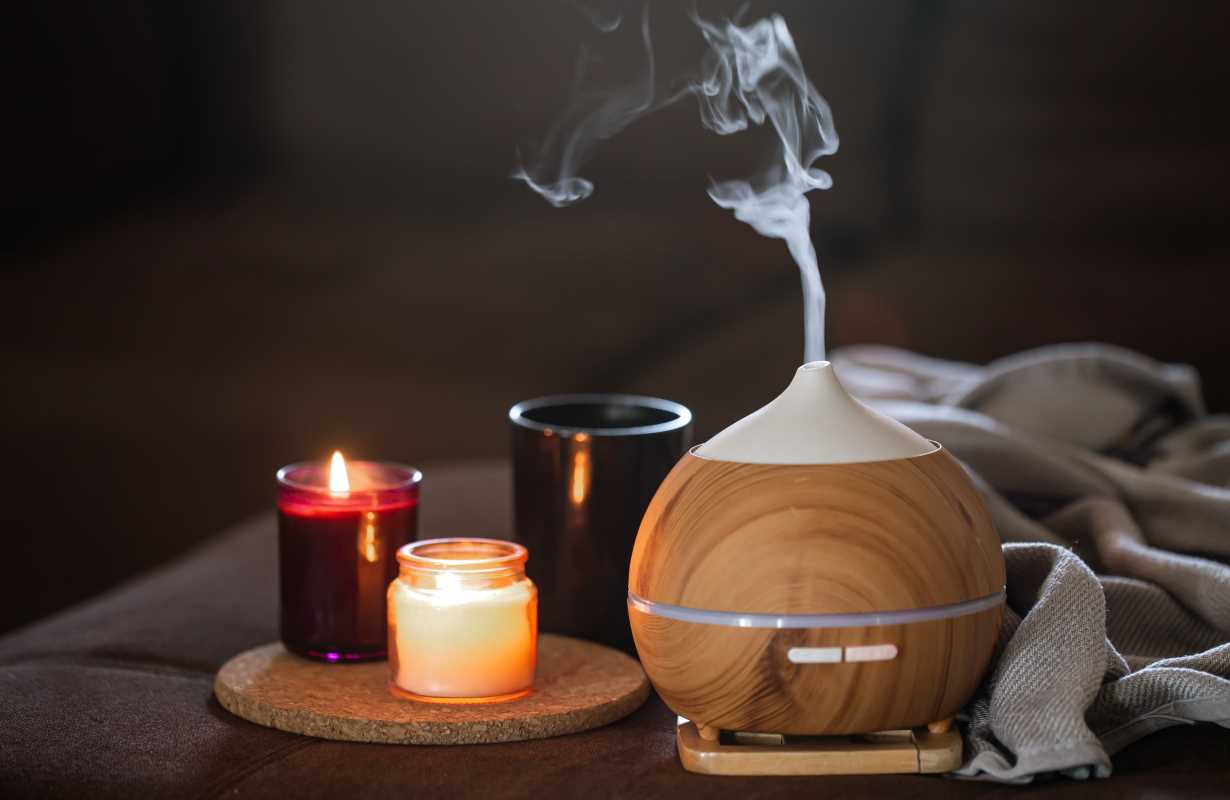Engaging in a needlework project is more than just crafting; it’s an act of mindfulness, a way to ease mental clutter, and a gateway to inner calm. The gentle, repetitive motions of needlework draw you into the present moment, allowing you to focus on the rhythm of creativity while tuning out life’s demands. From embroidery to quilting, needlework activities offer a meditative escape along with the joy of creating something beautiful. Here are some inspiring needlework projects that can help you unwind your thoughts and foster a sense of tranquility.
1. Embroidery: Drawing with Needle and Thread
Embroidery is like painting, but with threads. This meticulous craft offers a therapeutic process where your mind focuses on every stitch, following precise patterns or free-form creations. The act of pulling a needle through fabric in repetitive motions feels rhythmic and calming, making it an excellent way to de-stress.
Why Embroidery Calms the Mind
The satisfaction of completing small sections in embroidery, such as stitching petals of a flower, breaks overwhelming challenges into manageable increments. This focus on one stitch at a time encourages mindfulness and helps ease anxiety.
Tips for Getting Started:
- Begin with a basic embroidery kit, which usually includes a hoop, needles, floss, and a pre-printed design.
- Opt for beginner-friendly patterns, such as floral motifs or geometric shapes.
- Look up easy stitches like the running stitch, backstitch, or French knot to build your technique.
Working on personalized embroidery projects, like stitching a loved one’s name or a favorite quote, adds a layer of connection to the craft while keeping you grounded in the process.
2. Cross-Stitching: A Meditative Grid
Cross-stitching is a form of embroidery that uses small x-shaped stitches on an even-weave fabric, often following a grid-based pattern. Its structured format creates an approachable entry point for beginners while providing creative freedom through endless designs.
Why Cross-Stitching Eases Stress
The repetitive motion of stitching within a precise grid provides a meditative rhythm. Focusing on filling in one small section at a time feels rewarding, reinforcing a sense of accomplishment with each completed area.
Tips for Getting Started:
- Start with a small kit featuring a simple design, like flowers, stars, or inspirational quotes.
- Use Aida cloth, as its woven squares make it easy to follow patterns.
- Be patient with yourself, using a magnifier if needed to make intricate designs less daunting.
Cross-stitch patterns celebrating hobbies or favorite animals can also inspire joy and make your stitching time even more meaningful.
3. Knitting: Loops of Tranquility
Knitting combines repetitive motions with tactile engagement, creating a soothing experience. Watching loops turn into fabric under your hands can feel almost hypnotic, guiding you into a tranquil state of mind.
Why Knitting is Relaxing
Knitting requires attention to detail, such as counting stitches or following a pattern. This process naturally calms racing thoughts, as your brain prioritizes these small, manageable tasks over broader stresses.
Tips for Getting Started:
- Begin with a pair of straightforward knitting needles and a skein of medium-weight yarn.
- Master simple stitches, like the knit and purl, before moving on to more complex designs.
- Start a beginner project, like a scarf or dishcloth, that allows you to focus on skill-building without overwhelming pressure.
Knitting also doubles as a portable hobby you can bring anywhere, making it easy to find moments of calm on a commute or while enjoying downtime outdoors.
4. Crocheting: A Twist on Relaxation
Similar to knitting yet distinct, crocheting uses a single hook to create loops and stitches. The rhythmic hand movements involved in crocheting lend themselves to relaxation while offering quicker outputs than some other forms of needlework.
Why Crocheting Promotes Peace
Crocheting allows you to work at your own pace, following patterns or improvising as you go. Concentrating on each loop helps quiet the mind, while holding soft, colorful yarns can be a tactile source of comfort.
Tips for Getting Started:
- Pick up a beginner crochet hook (typically a size G or H) and some medium-weight yarn.
- Learn basic stitches like the chain stitch and single crochet from online tutorials or guides.
- Try simple beginner projects, such as dishcloths, granny squares, or even small stuffed animals.
Crocheting your first few squares opens the door to larger projects in the future, such as cozy blankets or trendy tote bags.
5. Quilting: Patchwork Serenity
Quilting involves sewing together layers of fabric, often using intricate patterns, to create bedspreads, wall hangings, or other creations. Its methodical process of cutting, arranging, and stitching fabric pieces provides therapeutic benefits and creative satisfaction.
Why Quilting Engages the Mind
Planning color schemes and fitting quilt pieces together resembles solving a puzzle. These deliberate, structured actions help release mental clutter as your attention zeroes in on achieving harmony in your design.
Tips for Getting Started:
- Assemble basic tools like fabric scissors, a rotary cutter, quilting ruler, and sewing machine.
- Start with a patchwork-style quilt that uses basic square or rectangular shapes.
- Explore pre-cut fabric bundles called “charm packs” to streamline the assembly process.
Creating even a small quilted piece, like a table runner or baby blanket, offers a sense of accomplishment while allowing you to explore patterns and textures.
6. Sashiko Stitching: Harmony in Simplicity
Sashiko is a traditional Japanese form of hand-stitching that involves creating geometric patterns with simple running stitches. Originally used to mend and reinforce fabric, sashiko has evolved into an art form celebrated for its beauty and technique.
Why Sashiko is Calming
The repetitive, straightforward motion of creating neat, parallel stitches allows you to focus fully on the task, blocking out distracting thoughts. The clean, symmetrical patterns promote a sense of order and balance.
Tips for Getting Started:
- Use sashiko-specific needles and thread, which are designed for durability and ease of use.
- Choose beginner guides that feature straightforward designs, such as lines and circles.
- Work on a small item like a coaster or napkin to practice your stitching.
The blend of function and artistry in sashiko makes it a fulfilling way to unwind while making something practical.
7. Needle Felting
Needle felting, though slightly different from stitching, involves using a needle to shape wool fibers into decorative forms. This tactile craft is both relaxing and playful, perfect for anyone eager to create soft and whimsical pieces.
Why Needle Felting Relaxes the Mind
The repetitive poking motion combined with the soft feel of wool offers a sensory experience that promotes calmness. Creating small, detailed figures also encourages focus exclusively on the present.
Tips for Getting Started:
- Invest in a basic needle felting kit, which usually includes needles, wool, and a foam mat.
- Start with simple designs, like hearts, spheres, or small animals.
- Be mindful of the needles, which are quite sharp, and work slowly to avoid strain.
Needle felting is great for creating charming trinkets or gifts, and its forgiving nature ensures minimal frustration as you learn.
8. Smocking
Smocking is an embroidery technique used to gather and decorate fabric, often featured on clothing or accessories. It combines practical craftsmanship with artistic expression, offering a perfect blend for unwinding.
Why Smocking Encourages Mindfulness
The process of marking fabric evenly, stitching carefully, and watching designs emerge naturally shifts your focus to each step. The rhythmic stitching creates a gentle mental pause.
Tips for Getting Started:
- Use lightweight materials and purchase a pre-marked smocking guide for practice.
- Master the basic stitches, like the cable stitch or wave stitch, before attempting advanced patterns.
- Focus on small projects like decorative cuffs or pouch designs.
The beauty of smocking lies in how it transforms simple fabric into something extraordinary while calming your mind.
 (Image via
(Image via





